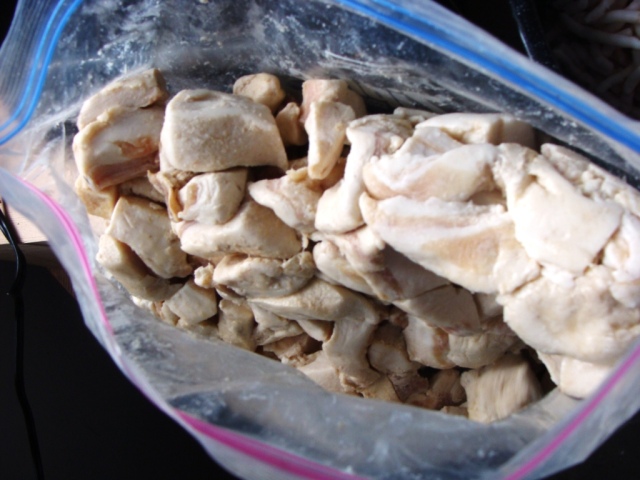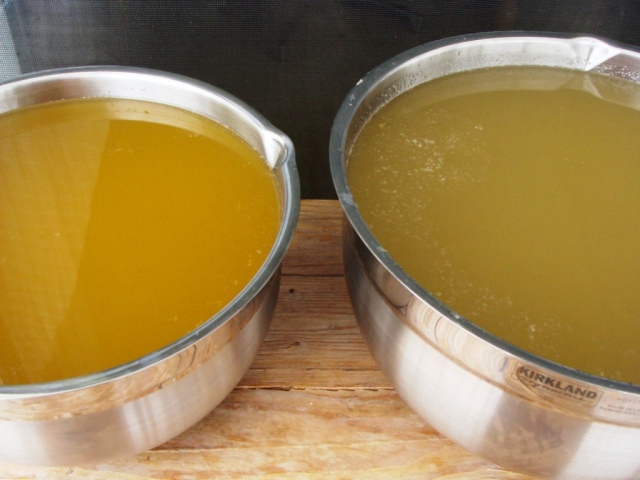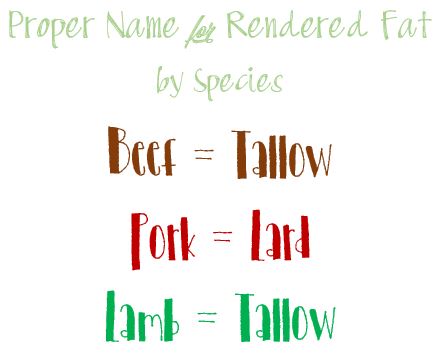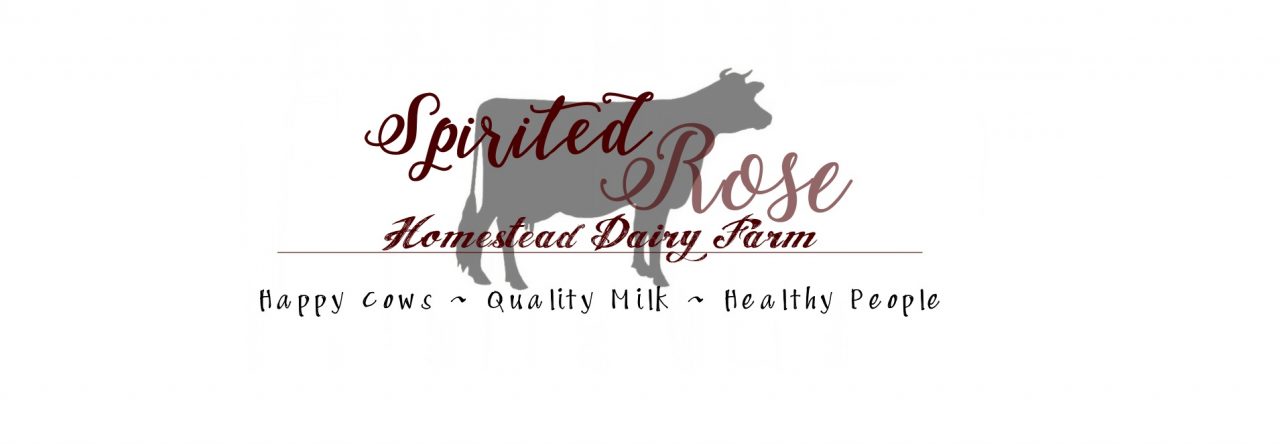HOW TO RENDER FAT into Lard or Tallow for use in baking, soap-making, lotions, and more!
Rendering is the process of removing meat scraps and impurities from fat in order to purify and preserve the fat in a pure state.
When you butcher livestock, such as a steer, hog or sheep, you can collect or ask your butcher to collect all the extra fat into a container to take with you when you pick up your packaged meat. (If using a butcher to process your meat, you might have to be very assertive and firm with your butcher, because sometimes they will throw away everything but the packaged meat, because it’s easier for them to not “bother” with the extras or to sell the extras to processors.)

The fat you pick up from the butcher will be in large chunks and have meat and impurities stuck to it. Raw fat can be processed immediately or frozen until you have time.
In order to clarify the fat, it must be melted down. The easiest way we have found to melt fat is by grinding the fat through a meat grinder. We have tried cutting strips or small cubes, but the method is very slow and uses a lot more energy to melt the fat down.

Transfer the ground fat into a large pot on the stove. Add a cup or two of water to aid in initial melting and to avoid scorching. Heat on low, stirring occasionally, until the fat becomes liquid. Be careful not to get the temperature to high (to burn) or too low (re-solidifies).
When all the fat is melted down, pour the liquid through a mesh strainer into a heat-proof container to cool. Let cool until solid throughout, about one day.

The next day, submerse the outside of the container of solid fat into hot water for just a few seconds to melt the edges of the block of fat, just until the block is willing to slide out. Invert the pot onto a cutting board or large table area. You may want to put down a piece of waxed paper first for easier handling of the fat.
The top and bottom of the block may have impurities – scrape off anything that is not solid white fat. If you still see chunks in the fat, then you can put the block back into a pot to re-melt, going through the same process. After a second refining, the fat should be clean. (If not, repeat process.)
I like to heat the fat and pour into mason jars, then seal the lid. The heat will seal the jar well enough for long term storage.
The fat can also be wrapped in butcher paper and stored in the freezer for long term storage.

What do we use our lard and tallow for?
- Cooking – nothing seasons a cast iron pan better than lard!
- Soap-making – We like a soap consisting primarily of beef tallow with around 30% of pork lard as an extender and small amounts of beeswax and milk for soothing.
- Making salves – Here’s my recipe: DIY Salve for Farm & Home







